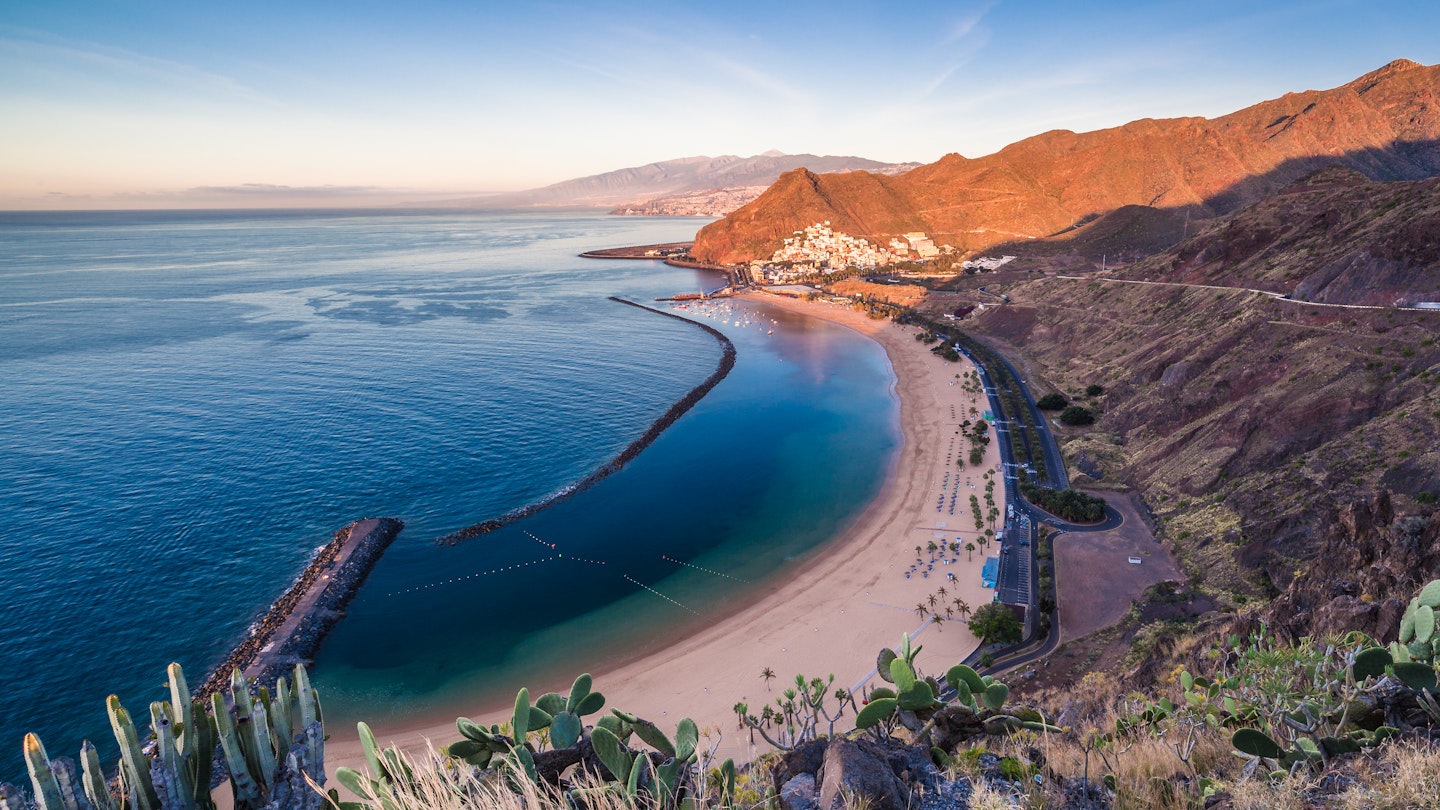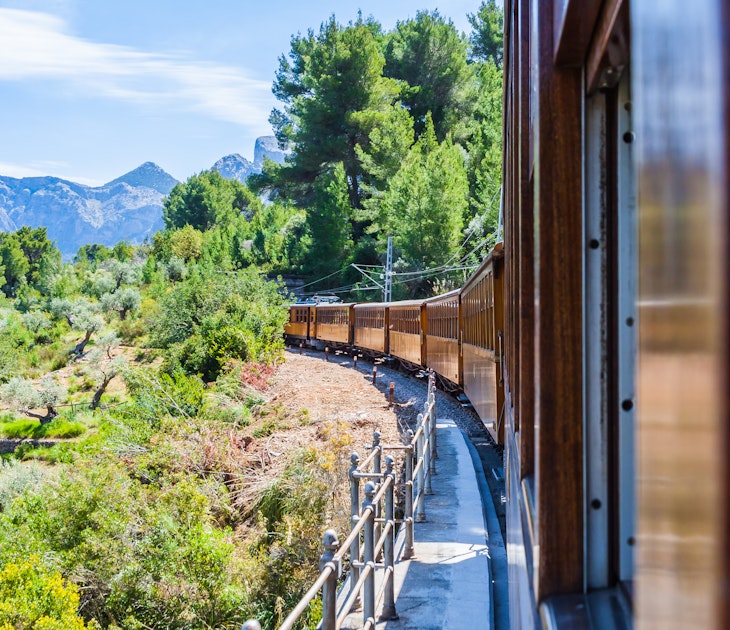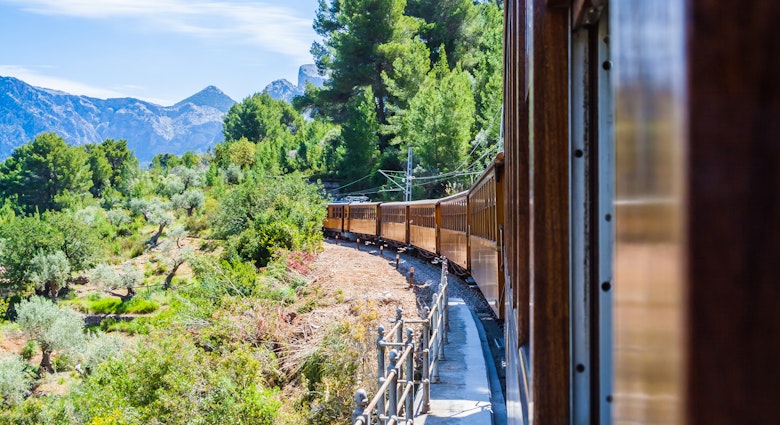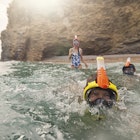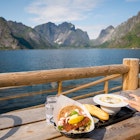With Spain's international borders set to reopen on 21 June to EU and Schengen-area countries and on 1 July to most others (depending on individual public health situations), the sun-soaked Canary Islands are leading the way in welcoming back foreign travellers – with creative plans that put the focus on safe, sustainable and enjoyable trips for visitors, while also cooperating with tourism operators and the islands’ local communities.
The Canary Islands have had fairly few COVID-19 cases and the pandemic here has been well managed. At the time of writing, there had been only 2300 cases and 161 deaths since 1 February (despite an early outbreak at the H10 Costa Adeje Palace Hotel in Tenerife), among a population of over two million. Remote El Hierro and Isla Graciosa have had no COVID-19 cases at all; these two islands, along with neighbouring La Gomera and the Balearic island of Formentera, were the first Spanish regions to move into phase one of the official desescalada (de-escalation) of lockdown in early May. Most of Spain, including the Canaries, is expected to enter the post-lockdown nueva normalidad (new normality) on 21 June, and travel between the eight Canary Islands has been allowed since 8 June.

The Canary Islands tourism authorities are keen for visitors to be able to relax and enjoy their time on the islands, while also helping the industry get back on its feet (tourism makes up 35% of the Canaries’ GDP). In a media webinar on 5 June, Cristina del Río Fresen (leader of the Global Tourism Safety Lab at the Ministry of Tourism Canary Islands) emphasised that ‘health and holiday’ for visitors of all nationalities must be compatible. This means being ‘creative and innovative with the protocols’, but also ensuring that newly-introduced plans don’t have damaging side effects – such as increased plastic waste through use of disposable face masks. Travellers will be encouraged to buy reusable products and, wherever possible, support local vendors and suppliers.
How will I get there?
Most international flights to the Canary Islands from across Europe are expected to restart in late June or early July. Wizz Air is already flying to Tenerife and Gran Canaria from London Luton; from July, frequency and routes are scheduled to expand and flights to/from Fuerteventura should start. Ryanair has announced that it will resume 40% of its schedule from July, including flights to/from Tenerife, Fuerteventura and Gran Canaria.
There will, of course, be important safety-focused changes to flying, which are likely to include mandatory face masks, social distancing and temperature checks. To help restore confidence in travel, the Canary Islands are working with the United Nations World Tourism Organisation to trial the world’s first digital health passport on a ‘safe flight’ from Madrid in early July.

Will I have to quarantine and/or take a COVID-19 test?
All travellers – regardless of where they’re coming from – will be strongly encouraged to take a polymerase chain reaction (PCR) test for COVID-19 in their country of departure 48 to 72 hours ahead of travel, though this won’t be compulsory. Those who do so will fast-track through arrivals in the Canaries and receive vouchers to spend at local businesses. There will also be temperature checks for all passengers on arrival and departure.
If an arriving visitor tests positive for COVID-19, they’ll be moved to independent accommodation to quarantine or to hospital for treatment (there will be no cost for this); the rest of their group will be tested and, if necessary, the whole group can isolate together. Given the global possibility of a second COVID-19 wave, the islands have put in place a ‘traffic light’ alert system that will enable an immediate reaction to stem the spread of the virus, and local hospitals are cooperating to provide healthcare for anyone who needs it.
Face masks are now mandatory in all public spaces in Spain where social distancing is not possible; this is expected to remain in place after the country’s state of alarm ends on 21 June.

Will hotels, restaurants and bars be open?
Hotels in the Canary Islands have officially been allowed to reopen since early May. Though most hotels remain closed at the moment, many are carefully preparing to welcome guests again and aiming for around 50% capacity this summer. As of phase three, restaurants and bars can open with 75% capacity on terraces and serve drinks and food inside (with 50% capacity) and at the bar as long as social distancing of 1.5m is maintained; under the nueva normalidad, these rules are expected to stay in place, with additional safety measures that might include, for example, temperature checks.
In terms of accommodation safety, the Canary Islands are considering each property in its own right and encouraging individualised solutions, with social distancing the crucial factor. One-way systems could be added, cleaning will be rigorous, buffet breakfasts will look very different (protective screens, extended hours to reduce crowds, waiter service) and sunbeds will be spread out. The islands’ many self-catering apartments and villas will no doubt prove particularly popular this year.
Hotels and restaurants will also be replacing all paper documentation with digital alternatives – most menus will involve scanning a QR code, payment will be by card or (better yet) phone, and check-in perhaps by app rather than face-to-face.

Is public transport up and running?
Binter Canarias, the main inter-island airline, is currently operating 62 flights a day, while Canaryfly is planning to start operating again on 1 July. Ferries have been fitted with hand-sanitiser dispensers, social-distanced seating and more efficient air filters, and major companies such as Fred Olsen and Naviera Armas are up and running again. Buses will be operating at 50% capacity to ensure social distancing.
Will beaches, sights and hiking trails be open?
Beaches have been allowed to open since the islands entered phase two in May, and you can go surfing among the Atlantic waves. The islands’ natural beauty is a big part of their appeal and tourism teams are keen to steer clear of, for example, installing plastic screen dividers as considered elsewhere in Europe. The key instead will be to maintain two-metre social distancing: on the Canaries’ most expansive strands of sand, like Lanzarote’s Caleta de Famara or Fuenteventura’s Parque Natural de Jandía, there’s plenty of space to spread out, while smaller beaches will have controlled access and limited capacity.
Museums, galleries and markets are already open at 50% capacity, and the archipelago’s many lovely walking trails are mostly ready to go – and independent, open-air activities such as hiking and cycling are on everyone’s minds for 2020. For the latest updates, check the Canary Islands Tourism website.
You might also like:
"Safe travels" stamp to reassure travellers that destinations are safe to visit
Here's how Turkey plans to reopen to international visitors

